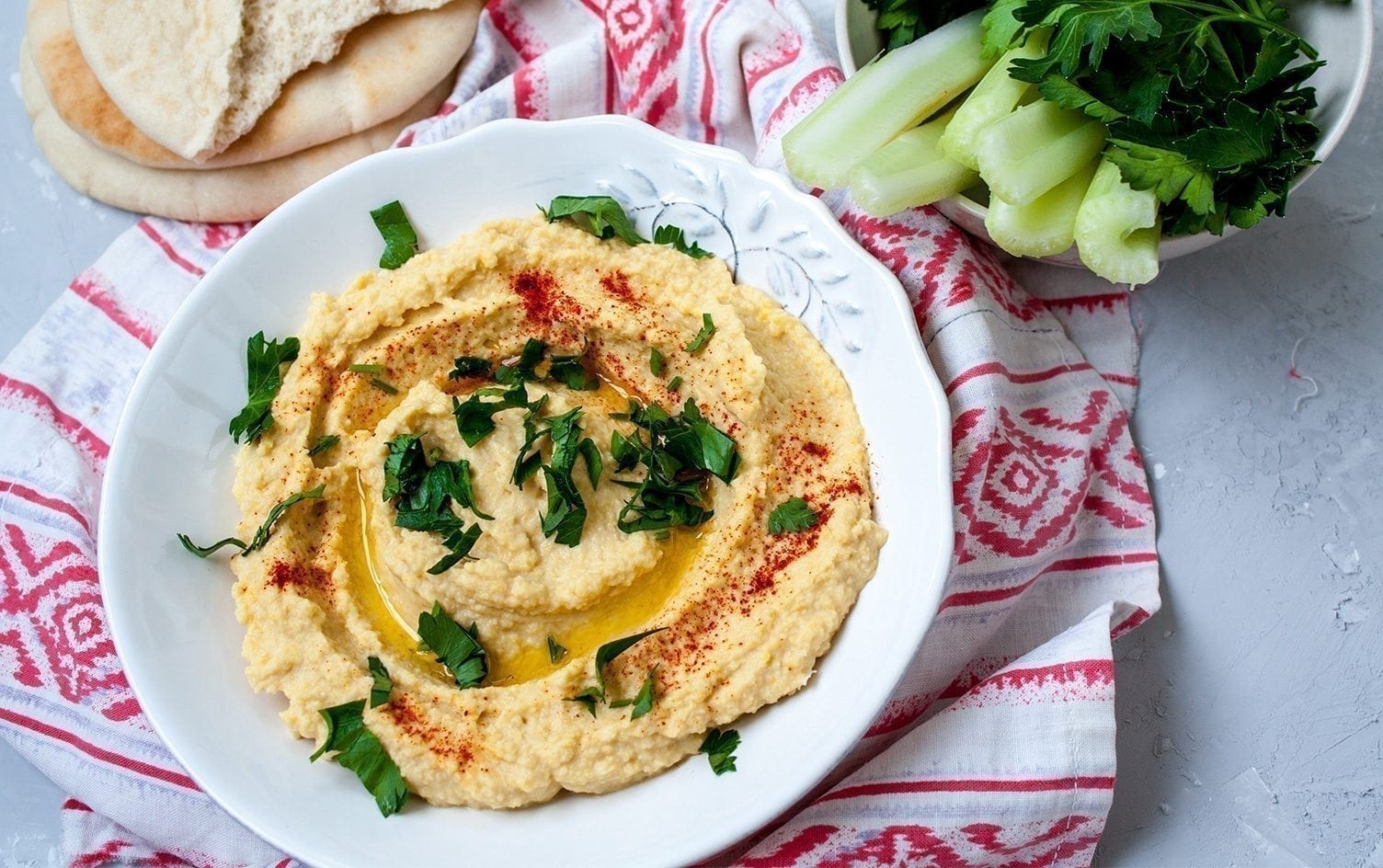FODMAP. It’s the newest nutrition buzzword flying around, but what in the world does it mean?
Those who suffer from digestive issues — such as irritable bowel syndrome, constipation, distention, diarrhea, gas or severe bloating — may be reacting to specific foods called FODMAPs. Many FODMAPs are healthful foods that are great for people without a sensitivity to them. Danielle Capalino, MSPH, RD, author of the new book “Healthy Gut, Flat Stomach,” breaks down FODMAPs — and how they might be impacting our well-being.
The lowdown: FODMAP is an acronym that describes a group of fermentable carbohydrates that are difficult to break down and therefore can cause digestive stress.
F stands for Fermentable and refers to the following groups of short-chain carbohydrates or sugars:
O for oligosaccharides
D for disaccharides
M for monosaccharides
P for polyols
Capalino says these types of sugars — such as lactose, fructose and fructans — are poorly absorbed in the small intestine, so when they’re spending time in our system where all of our healthy gut bacteria live, these bacteria that are so integral to our digestive health begin to feed on the sugars, producing gases that cause discomfort and bloating.
What’s counterintuitive is that some of the healthiest foods are the biggest culprits. Apples, blackberries, cauliflower, mushrooms, snow peas, wheat, rye, onion, garlic, pistachios, as well as whole milk and yogurt, and fresh cheeses such as ricotta and cottage are all on the list.
To the average person looking at this mix of foods, there’s no rhyme or reason to what might be wreaking havoc on your system. Case in point: tea. Fennel, chamomile and oolong teas all contain fructans and high FODMAPS. Other healthy foods on the FODMAP “no” list include asparagus, goji berries, figs, mangoes, beans and barley.
Capalino points out that many gluten-free ingredients are considered high FODMAPs.
For example, certified gluten-free breads that contain apple purées, products that contain chicory root, cashews, yogurt and even natural sweeteners such as agave nectar and honey are high FODMAPs. The artificial sweeteners sorbitol and mannitol could also be causing discomfort.
When eaten alone or together in consecutive meals, these trigger foods are often troublesome. A person with FODMAP sensitivities could be having a coffee with whole milk, a yogurt parfait with cashews and blackberries, a sandwich for lunch and a vegetarian plate of hummus, grilled asparagus and roasted cauliflower for dinner. This healthy daily menu for most people could be the cause for major discomfort in some. A person may be sensitive to all or just one of the high FODMAP foods. So how do you figure it out?
This is a diet that requires supervision by a dietician or doctor. First step, after diagnosis, is to eliminate all high FODMAP foods at once. Slowly, high FODMAP foods are reintroduced one at a time by group, so individual sensitivities can be logged.
Once trigger foods are identified, it’s simple to omit them or make minor adjustments to your diet. For example, you can switch to a lactose-free yogurt or hard cheese such as Parmesan instead of ricotta. Draining and rinsing canned lentils and chickpeas can allow you to benefit from the nutrients of legumes without experiencing unpleasant side effects.
Capalino further states that individuals may want to pay heed to fried fatty foods, caffeine and excessive gum chewing. These can all trigger digestive discomfort.
Though it’s possible, eliminating and reintroducing FODMAPs may not result in weight loss (after all, potato chips are allowed on a FODMAP diet!), it’s simply a practical way to figure out which foods your body may be sensitive to.




